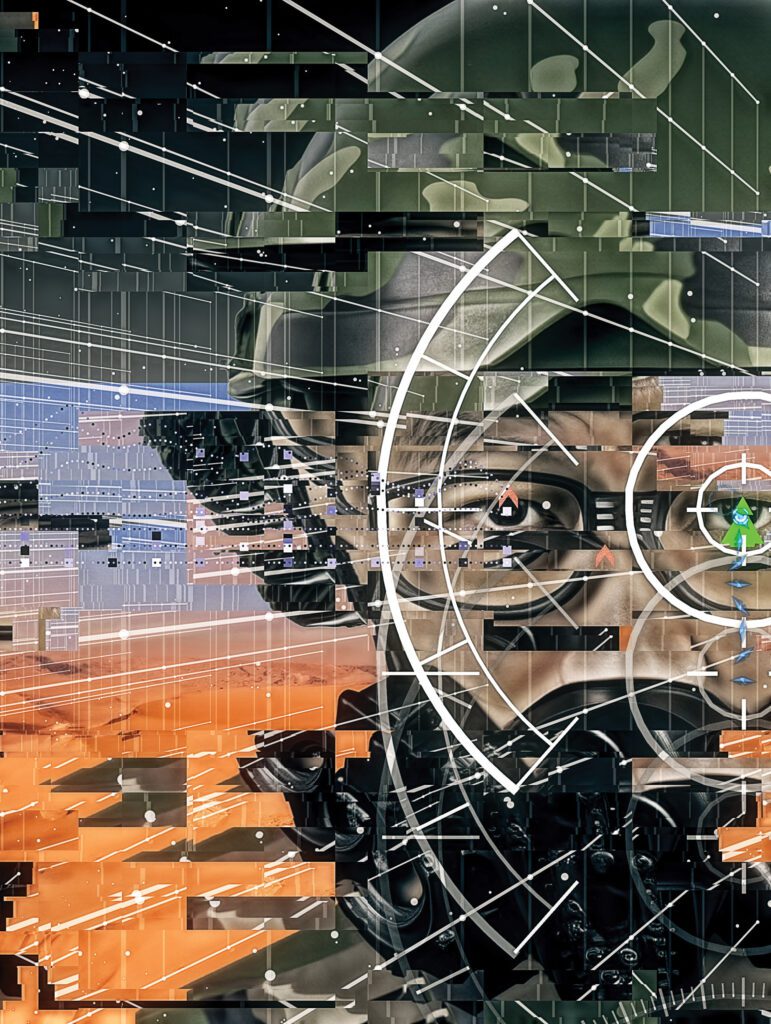Warfare is rapidly evolving with advancements in artificial intelligence, robotics, and cyber warfare shaping the future battlefield. AI enhances decision-making processes and operational efficiency, while autonomous weapons systems raise ethical concerns about loss of human control. Robotics are playing a critical role in tasks too dangerous for humans, with drone swarms able to overwhelm enemy defenses. Cyber warfare targets critical infrastructure and communication networks, with cyber weapons becoming increasingly sophisticated. As countries invest in military innovation, the nature of warfare will continue to evolve, presenting new challenges and opportunities for militaries worldwide. The future of warfare is driven by technology, changing the battlefield as we know it.
The Future of Warfare
Warfare is constantly evolving as advancements in technology revolutionize the way conflicts are fought. In recent years, military innovation has been driven by breakthroughs in areas such as artificial intelligence, robotics, and cyber warfare. These advancements are shaping the future of warfare and changing the battlefield as we know it.
Artificial Intelligence in Warfare
Artificial intelligence (AI) has the potential to revolutionize warfare by enhancing decision-making processes and improving operational efficiency. AI systems can analyze vast amounts of data in real-time, providing military commanders with valuable insights and enabling them to make informed decisions quickly. AI can also automate tasks that were previously performed by human operators, allowing for greater speed and precision on the battlefield.
Autonomous Weapons Systems
One of the most controversial applications of AI in warfare is the development of autonomous weapons systems. These systems are capable of identifying and engaging targets without human intervention, raising ethical concerns about the potential for unintended consequences and loss of human control. Despite these concerns, many countries are investing in the development of autonomous weapons systems to gain a strategic advantage on the battlefield.
Robotics in Warfare
Robots are playing an increasingly important role in modern warfare, performing tasks that are too dangerous or difficult for human soldiers. Unmanned aerial vehicles (UAVs) are used for reconnaissance and surveillance missions, while ground robots are used for bomb disposal and search-and-rescue operations. Advances in robotics technology have led to the development of autonomous robots that can operate independently in complex environments, reducing the risk to human soldiers.
Drone Swarms
One of the most cutting-edge developments in robotics warfare is the use of drone swarms, which are groups of interconnected drones that can communicate and collaborate to achieve a common objective. Drone swarms can be used for a variety of missions, including intelligence gathering, targeting, and attack operations. By operating as a collective unit, drone swarms can overwhelm enemy defenses and disrupt their operations.
Cyber Warfare
Cyber warfare is an increasingly important aspect of modern military operations, as countries leverage cyberspace to target their adversaries’ critical infrastructure and disrupt their communications networks. Cyber attacks can have devastating effects on a country’s economy, infrastructure, and national security, making them an attractive option for state and non-state actors alike. As a result, governments are investing in cyber defense capabilities to protect their networks and infrastructure from cyber threats.
Cyber Weapons
Cyber weapons are tools developed for use in cyber attacks, including malware, viruses, and other malicious software. These weapons can be used to infiltrate an adversary’s networks, steal sensitive information, disrupt their operations, and cause physical damage to their critical infrastructure. Cyber weapons are becoming increasingly sophisticated and difficult to detect, posing a significant challenge for defenders trying to safeguard their networks.
Conclusion
The future of warfare is being shaped by advancements in artificial intelligence, robotics, and cyber warfare. These technologies are revolutionizing the way conflicts are fought and are changing the battlefield as we know it. As countries continue to invest in military innovation, the nature of warfare will continue to evolve, posing new challenges and opportunities for militaries around the world.
